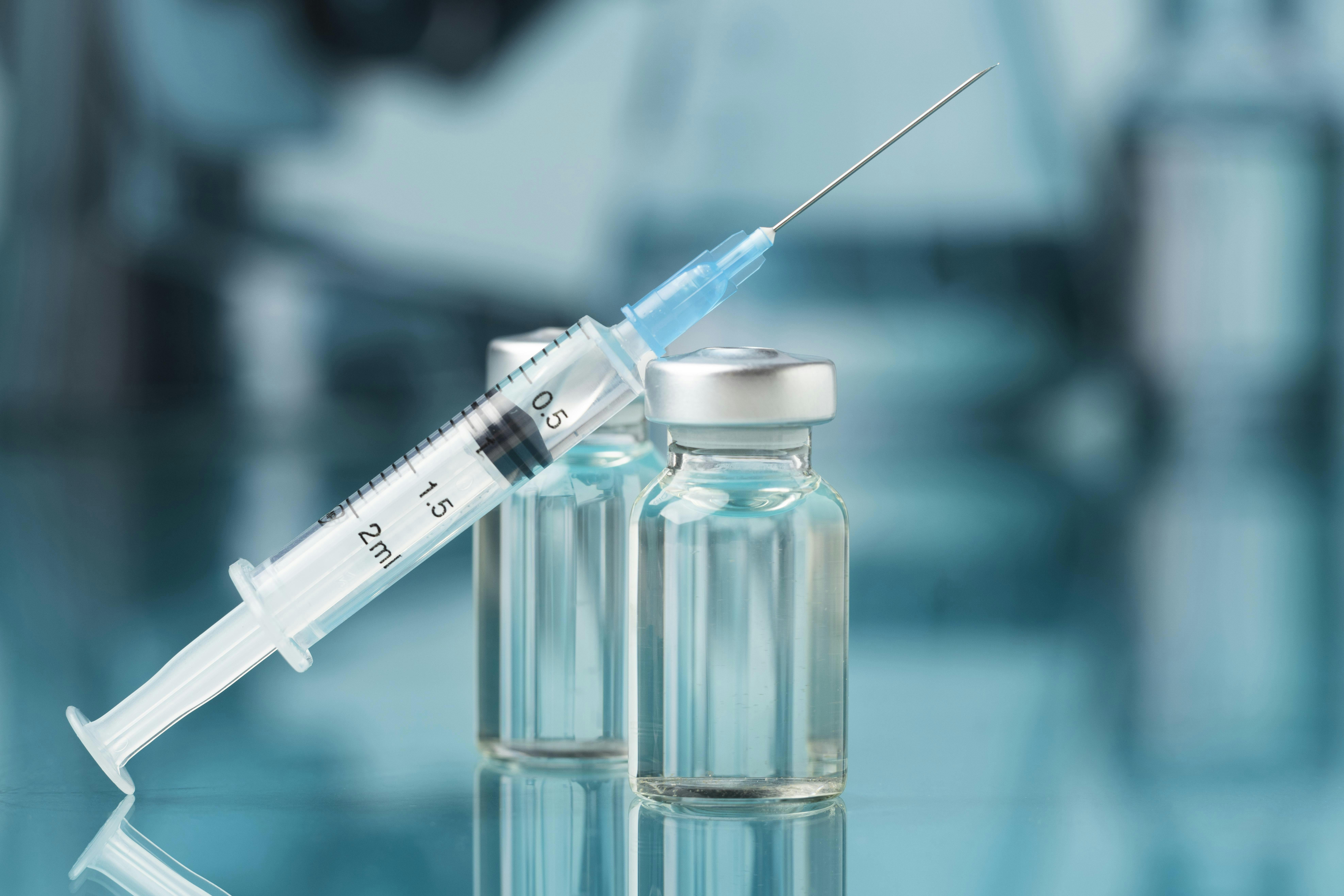The inverse vaccine disrupting autoimmune disease
University of Chicago researchers have developed a new vaccine.
No, we’re not talking about the new COVID or RSV vaccines.
The injection we’re discussing today is an “inverse vaccine.” And instead of inoculating against a disease prior to infection, it treats an already sick person.
This inverse vaccine treats—and appears to be able to completely reverse—autoimmune diseases like multiple sclerosis (MS) and Type 1 diabetes (T1D).
So why is it called that? And does this mean we’re done with MS forever? Let’s dive in.

Why is it an “inverse” vaccine?
Here’s what already know: A normal vaccine teaches a body how to recognize an invader, so it’s better prepared to respond when exposed to the virus or bacterium.
The inverse vaccine removes the body’s memory of a specific molecule. Since autoimmune diseases operate by having the body’s immune system—specifically its T cells—attack the body itself, this function stops that self-sabotage.
The action all takes place in the liver. The vaccine harnesses a mechanism where the liver marks parts of broken-down cells with “do not attack” flags to prevent immune reactions against naturally-dying cells.
The inverse vaccine thus contains an aged liver cell the liver would recognize along with an antigen, a molecule the immune system would attack. The result? The autoimmune reaction stops in its tracks.
The research team’s previous work demonstrated that this approach could prevent autoimmune reactions, but this publication takes the work a step further, into treatment.
Next steps for this autoimmune disease breakthrough
As you can imagine, the inverse vaccine may be a game-changer for autoimmune disease patients.
Most treatment protocols for diseases like MS involve drug regimens that fight the disease but also leave the patient immunocompromised.
“These treatments can be very effective, but you’re also blocking the immune responses necessary to fight off infections and so there are a lot of side effects,” said the paper’s lead author, Professor Jeffrey Hubbell. “If we could treat patients with an inverse vaccine instead, it could be much more specific and lead to fewer side effects.”
Of course, the inverse vaccine isn’t clinically approved—yet.
But Hubbell and his team are racing to get it to the patients whose lives it could change. The team’s pharmaceutical company partner, Anokion SA, has already begun phase I safety trials for people with celiac disease and for MS, respectively.
We’re excited to see this important work move forward.
It’s just another inspiring example of how innovation can result in new treatment pathways for patients who do already have options. But as medical innovators, we’ve decided those options, which leave them with harsh side effects like high infection susceptibility, are just not good enough. They deserve a healthier future—we can’t wait to see how this technology brings it to them.